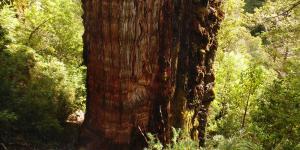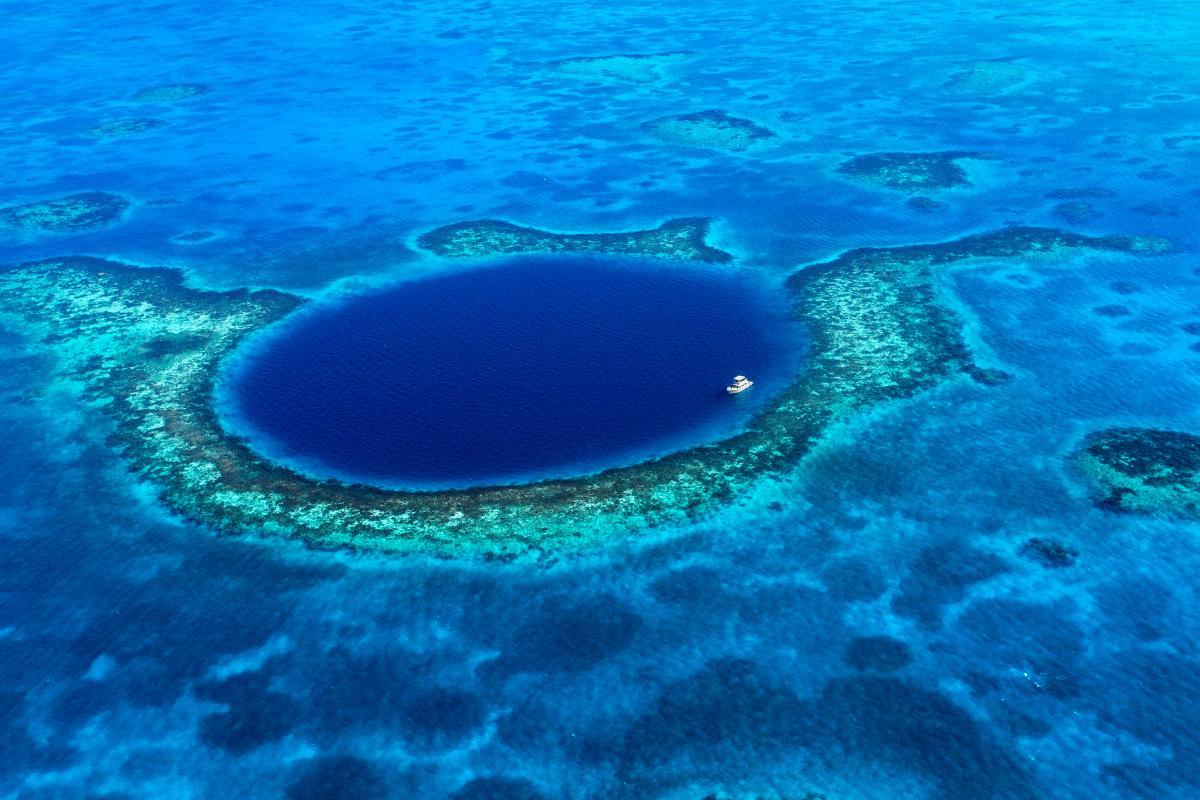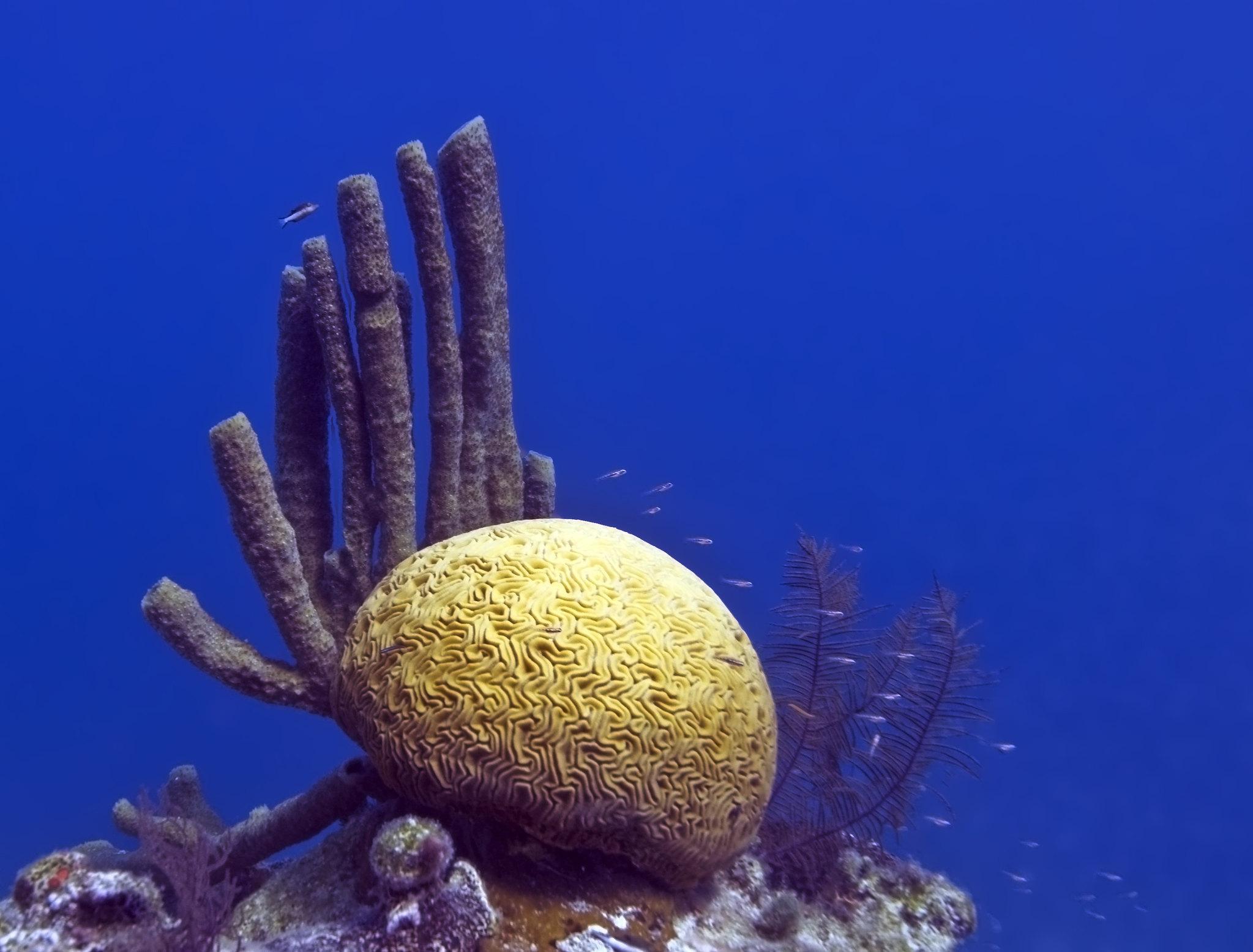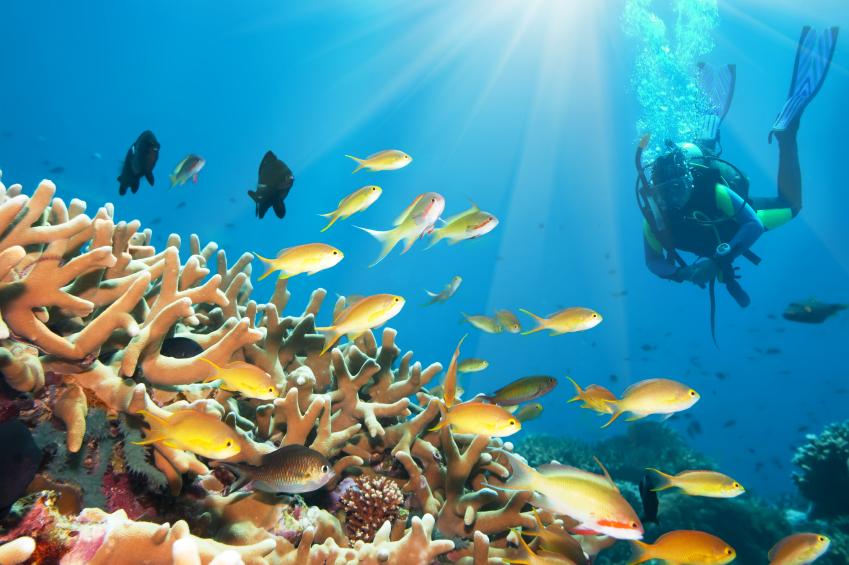What is the Great Blue Hole?


The Great Blue Hole, a vast sinkhole located in the Lighthouse Reef of Belize, is a renowned natural landmark that stands out for its immense size, remarkable depth, and captivating history. This cylindrical depression, carved into the limestone bedrock of the Belize Barrier Reef. The Great Blue Hole's significance as a natural marvel stems from its colossal size and depth, as well as its intriguing geological history.
The following article by thedailyECO, we will delve into an exploration of the Great Blue Hole, providing insights into its nature, key features, depth, and much more.
What is the Great Blue Hole and where is it?
The Great Blue Hole is situated within the Belize Barrier Reef, the second-largest coral reef system in the world, spanning over 185 miles (298 kilometers) along the coast of Belize. This protected marine reserve harbors a diverse ecosystem rich in marine life, including coral reefs, mangroves, and a multitude of fish species.
Scientists believe the sinkhole was formed during the last glacial period, when sea levels were significantly lower, exposing the limestone bedrock to erosion by waves and currents. Over time, the cave collapsed, leaving behind the vast opening we see today.
The Great Blue Hole's extreme depth creates a unique environment, with sunlight struggling to reach the bottom, resulting in the absence of photosynthesis and near-perpetual darkness. This specialized environment supports a unique community of marine creatures, including nurse sharks, eels, and various crustaceans and fish species.
Recognized as a UNESCO World Heritage Site, the Great Blue Hole is safeguarded under Belize's national park system. Environmental organizations and conservation efforts are committed to protecting this natural treasure, ensuring its resilience against the effects of climate change, human activities, and natural hazards.
How deep is a Great Blue Hole?
This cylindrical depression, carved into the limestone bedrock of the Belize Barrier Reef, descends an astonishing 1,241 feet (381 meters) below the ocean's surface, making it one of the largest and deepest known blue holes globally.

What animals the Great Blue Hole?
Despite the scarcity of sunlight in its depths, the Great Blue Hole supports a remarkable diversity of marine creatures, adapted to thrive in the perpetual twilight of its depths.
Furthermore, the walls of the Great Blue Hole are adorned with stunning coral formations, including brain coral, elkhorn coral, and pillar coral. These colorful reefs are home to a variety of marine life, including fish, crustaceans, and eels.
Among the most notable inhabitants we can find:
- Nurse sharks: nurse sharks (Ginglymostoma cirratum), known for their docile nature, are a common sight in the Great Blue Hole. They often congregate in groups, resting on the sandy bottom or patrolling the walls of the sinkhole.
- Eels: a variety of eel species inhabit the Great Blue Hole, including moray eels (Muraenidae), garden eels (Heteroconger spp.), and even the elusive spotted garden eel (Heteroconger hassi). These serpentine predators slither through the crevices and shadows, seeking out prey.
- Crustaceans: the Great Blue Hole is a haven for crustaceans, with a wide array of species found in its depths. Shrimp, crabs, and lobsters scurrying along the bottom and clinging to the walls add to the vibrant diversity of the ecosystem.
- Fish: a multitude of fish species call the Great Blue Hole home. Schools of colorful reef fish dart among the coral formations, while larger predators like grouper and jacks patrol the open expanse of the sinkhole. In fact, the Great Blue Hole serves as a breeding ground for pelagic fish species, which congregate in its depths to escape predators from above. This makes for a unique diving experience, with divers encountering schools of large fish swimming in the open expanse of the sinkhole.
The unique conditions of the Great Blue Hole have led to fascinating adaptations among its inhabitants. Many creatures have developed keen senses of touch and hearing to navigate the darkness, while others rely on bioluminescence, producing their own light to attract prey or communicate with mates.
As you explore the wonders of the Great Blue Hole, consider taking a detour into understanding the differences between oceans and seas in our other article.

Danger of the Great Blue Hole
While the Great Blue Hole stands as a captivating natural marvel, it also presents challenges that divers must navigate carefully due to certain inherent risks. Here are some key considerations regarding the significant risks associated with diving in this unique underwater environment:
The Great Blue Hole ranks among the deepest known blue holes globally, introducing complexities related to pressure changes. Divers face the critical task of managing decompression, as ascending too quickly from significant depths can lead to decompression sickness, commonly known as the bends. Symptoms encompass joint pain, dizziness, and, in severe cases, paralysis.
The absence of substantial sunlight in the Great Blue Hole results in extremely restricted visibility. Divers heavily rely on artificial light sources to navigate and engage with the underwater surroundings, adding an extra layer of complexity to the diving experience.
Positioned in an area with robust currents, the Great Blue Hole challenges divers to maintain control and positioning. Negotiating these currents can be especially demanding for novice divers or those with limited experience in such dynamic underwater conditions.
Has anyone dived to the bottom of the Great Blue Hole?
Yes, several teams of divers have successfully reached the bottom of the Great Blue Hole. The first recorded dive to the bottom was in 1971 by a team from the United States Navy. Since then, there have been a number of other successful dives to the bottom, including one by filmmaker James Cameron in 2012.
What’s at the bottom of the great blue hole?
The bottom of the Great Blue Hole is primarily composed of a sandy bottom. There are also talus slopes, which are formed from the crumbling of the hole's walls. These slopes provide habitat for a variety of marine creatures, including fish, crustaceans, and eels.
During the expedition in 2012, they discovered a number of archaeological artifacts, including Mayan pottery and tools. These findings suggest that the hole may have been used for ceremonial purposes by the Maya.
Looking for more wonders beyond the blue depths? Discover the soaring heights of the highest sea cliffs in Europe in our other article.

If you want to read similar articles to What is the Great Blue Hole?, we recommend you visit our Facts about nature category.








